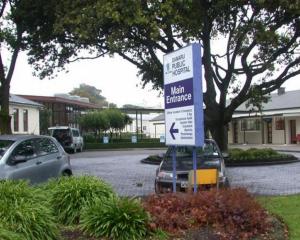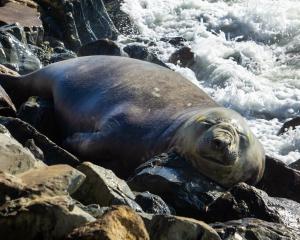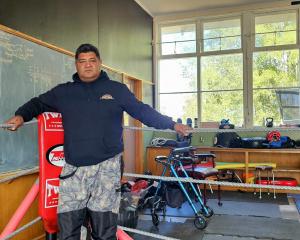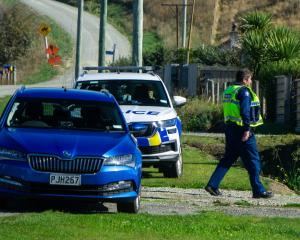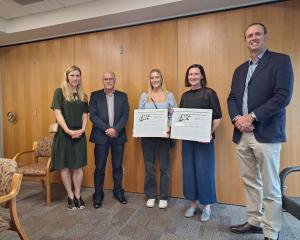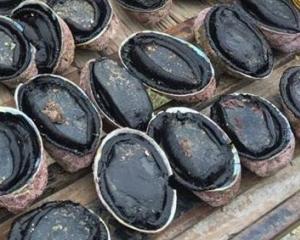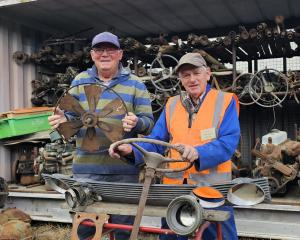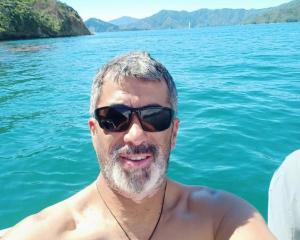
Dawn Aerospace rolled out the carbon fibre Mk-II Aurora fitted with avionics needed to get the craft 100km above the Earth's surface. Its hydrogen peroxide and kerosene powered engine is still being developed.
The company has received about $650,000 in government agency funding and hopes to scale up the size of the vehicle later this decade to allow it to compete with Rocket Lab and other companies capable of carrying cargo into orbit.
Dawn Aerospace in 2018 also raised $3.35m in an investment round led by Icehouse's Tuhua Ventures, with investment from Derek Handley's Aera VC, as well as Erik Swan, the founder of Splunk, a Nasdaq-listed software company .
The Mk-II Aurora is the second rocket-powered aircraft or "spaceplane" produced by Dawn Aerospace. It is planned to stay on the border of space, before returning to land at an airport. According to the company, it could then be refuelled and flown again within hours and it says it will be the first vehicle capable of such a feat many times per day.
Initially flights will be used to prove the concept of re-usability, test technology for the NZ Space Agency (which has invested $500,000) and sample the high altitude environment. It can fly higher than any weather balloon, said Dawn's chief technology officer Stefan Powell.
"Using the same vehicle hundreds or even thousands of times means we don't need a factory to produce rockets. We can operate a fleet of vehicles to access space daily. And we don't have to pollute the ocean with rocket debris as we do it."
The Mk-II Aurora will demonstrate the core technology for daily access to space in a small vehicle weighing just 280kg.
Powell says later models of the ship could grow to 18 tonnes with an expendable second stage to take satellites into orbit.
After releasing a satellite, the second stage burns up in the atmosphere and accounts for about 6 per cent of the whole vehicle.
Rockets now need special launch sites and closed off air space which the firm says sets it apart as it will fly its space planes from existing airports under aircraft laws.
Dawn signed an agreement with Waitaki District Council earlier this year for suborbital flights out of Ōamaru Airport. The company is also in talks with other airports around New Zealand, including Pukaki, near Aoraki/Mt Cook.
Powell said the plane would lift off at about 200km/h and needed a runway of just 800m.
It is working closely with the NZ Space Agency (NZSA) and Civil Aviation Authority (CAA).
The company has also received funding of around $150,000 through Callaghan Innovation. The grant of $500,000 from the NZSA is aimed at development of non-toxic satellite propulsion.
Christchurch headquartered, the company also has a major facility in Delft, The Netherlands.
Test flights of the Aurora will start in late 2020. For preliminary testing, it will be powered by two jet engines and will fly the first scientific experiments in 2021.
The paint scheme was designed by the winner of the "paint my plane competition", Prague-based company, LOOP Studios.



